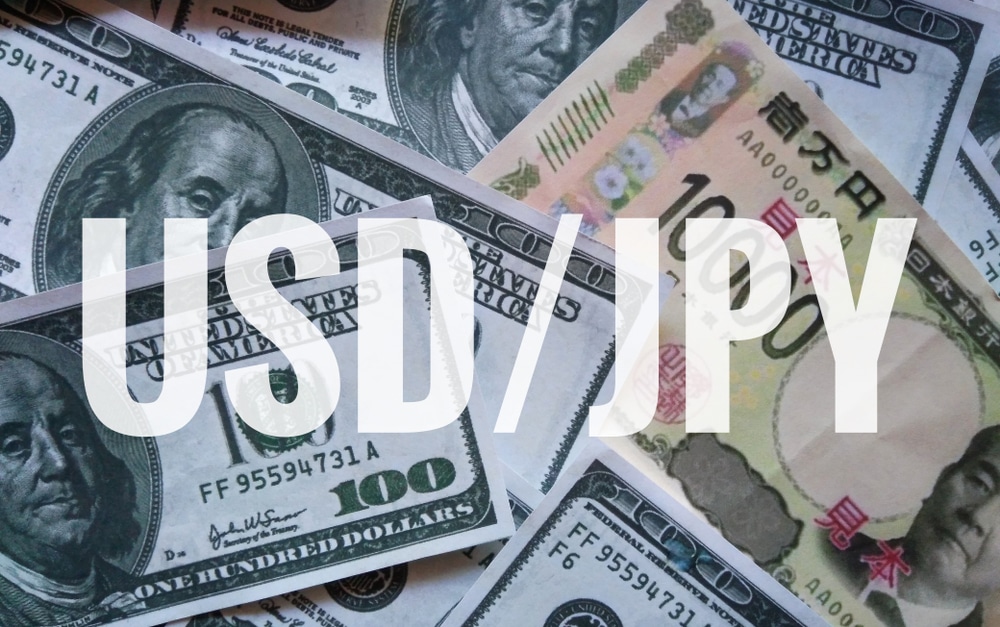On Monday, there was a drop in Asian currencies, while the US dollar recorded gains, as better-than-expected US nonfarm payrolls data gave rise to concerns about more hikes from the US Federal Reserve.
Moreover, worsening ties between China and the United States were also weighing down Asian currencies.
The dollar
There was a surge in the US dollar to a high of one month against a basket of its peers, with a 0.1% gain recorded in both the dollar index futures and the dollar index.
On Friday, the Labor Department’s data showed that US nonfarm payrolls had risen unexpectedly in January, which hinted towards a stronger labor market even though economic headwinds had increased.
As per the reading, there is enough economic headroom available for the Fed to keep hiking interest rates, something the US central bank had already signaled in the previous week.
However, the scenario does not bode well for Asian currencies this year because there is a narrowing in the gap between US and local interest rates.
The yen
One of the worst-performing Asian currencies for the day was none other than the Japanese yen, as it dropped 0.5%.
This was after a report from Nikkei showed that Masayoshi Amamiya, the Deputy Governor of the Bank of Japan (BOJ) was being considered to take the place of the current governor when his term ends.
It was because the deputy governor is also a supporter of the current ultra-loose monetary policy of the Japanese central bank and his appointment would mean that there would unlikely be any change.
This did not sit well with markets, as there has been a lot of criticism about the monetary policy, given that inflation appears to be getting worse in Japan.
Other currencies
There was a 0.1% drop in the Chinese yuan and it was close to ending the day at a 7 level against the greenback once more.
This was because investors were concerned about worsening Sino-US ties after a suspected Chinese spy balloon was shot down off the coast of South Carolina.
The move was condemned by China and it claimed that the object had actually been a meteorological balloon that had drifted into US airspace accidentally.
The possibility of increased tensions between the two countries rattled the risk-heavy Southeast Asian currencies, as did the strong payroll data.
There was a 1.1% decline in the Indonesian rupiah, even though data showed that the country’s economic growth had raced back to highs before the pandemic in the fourth quarter.
There was a 0.4% decline in the Thai baht, as the inflation data turned out to be less than expected in the previous month.
There was a 0.3% gain in the Australian dollar, as investors expected the Reserve Bank of Australia (RBA) to deliver another 25 basis points increase in the interest rate on Tuesday.
This is in light of inflation hitting 30-year highs in the country. However, the currency was trading lower against the US dollar, as markets were concerned that there could be a pause in rate hikes due to economic weakness.
